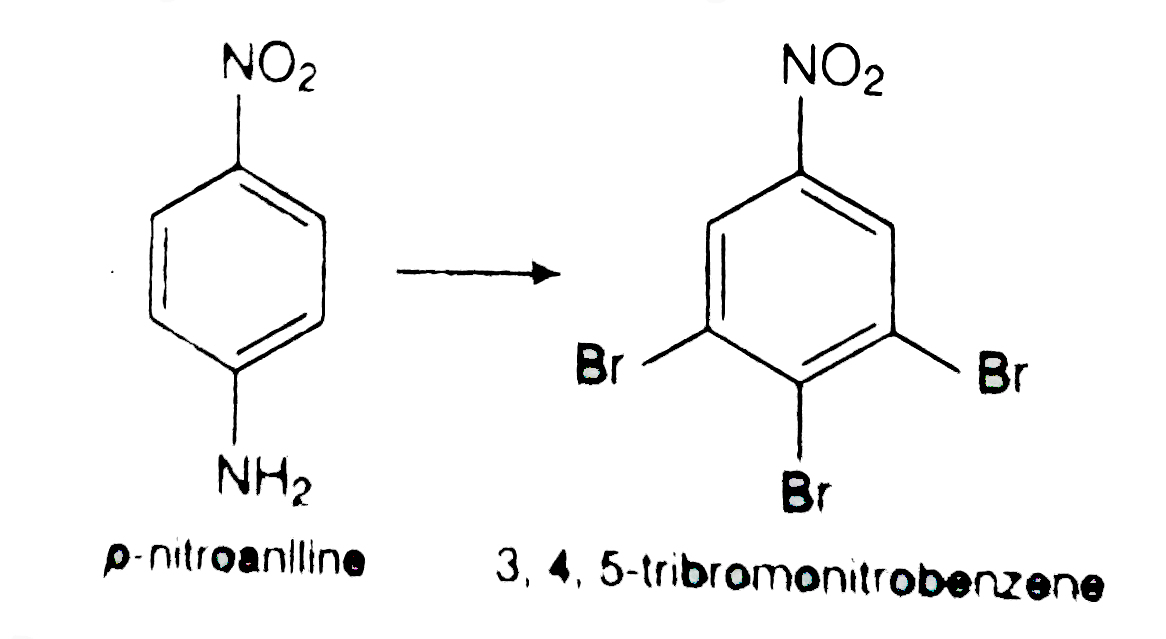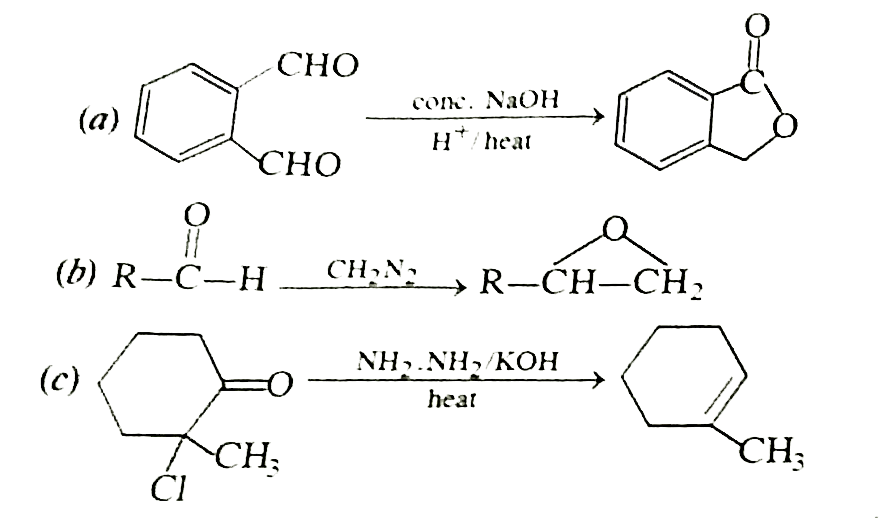How will you bring about the following conversions?
Acetic acid to ethane
To convert acetic acid (CH₃COOH) into ethane (C₂H₆), we can follow these steps:
Step 1: Reduction of Acetic Acid to Ethanol
- Treat acetic acid with lithium aluminum hydride (LiAlH₄), which is a strong reducing agent.
- The reaction will reduce acetic acid to ethanol (CH₃CH₂OH).
Reaction:
CH3COOH+LiAlH4→CH3CH2OH
Step 2: Conversion of Ethanol to Ethyl Cyanide
- Treat the ethanol with alcoholic potassium cyanide (KCN). This will result in a nucleophilic substitution where the hydroxyl group (OH) of ethanol is replaced by the cyanide ion (CN⁻).
- The product formed is ethyl cyanide (CH₃CH₂CN).
Reaction:
CH3CH2OH+KCN→CH3CH2CN+KOH
Step 3: Hydrolysis of Ethyl Cyanide to Propanoic Acid
- Perform complete hydrolysis of ethyl cyanide (CH₃CH₂CN) to convert it into propanoic acid (CH₃CH₂COOH).
- This involves treating the cyanide with water, typically in the presence of an acid or base.
Reaction:
CH3CH2CN+H2O→CH3CH2COOH
Step 4: Decarboxylation of Propanoic Acid to Ethane
- Finally, treat the propanoic acid (CH₃CH₂COOH) with soda lime (a mixture of sodium hydroxide and calcium oxide). This process is known as decarboxylation.
- During this reaction, carbon dioxide (CO₂) is removed, resulting in the formation of ethane (C₂H₆).
Reaction:
CH3CH2COOHsoda lime−−−−−→C2H6+CO2
Final Product
- The final product obtained from this series of reactions is ethane (C₂H₆).
Summary of Steps:
1. Acetic acid (CH₃COOH) → Ethanol (CH₃CH₂OH) using LiAlH₄.
2. Ethanol (CH₃CH₂OH) → Ethyl cyanide (CH₃CH₂CN) using KCN.
3. Ethyl cyanide (CH₃CH₂CN) → Propanoic acid (CH₃CH₂COOH) through hydrolysis.
4. Propanoic acid (CH₃CH₂COOH) → Ethane (C₂H₆) using soda lime.
---
- Treat acetic acid with lithium aluminum hydride (LiAlH₄), which is a strong reducing agent.
- The reaction will reduce acetic acid to ethanol (CH₃CH₂OH).
CH3COOH+LiAlH4→CH3CH2OH
- Treat the ethanol with alcoholic potassium cyanide (KCN). This will result in a nucleophilic substitution where the hydroxyl group (OH) of ethanol is replaced by the cyanide ion (CN⁻).
- The product formed is ethyl cyanide (CH₃CH₂CN).
CH3CH2OH+KCN→CH3CH2CN+KOH
- Perform complete hydrolysis of ethyl cyanide (CH₃CH₂CN) to convert it into propanoic acid (CH₃CH₂COOH).
- This involves treating the cyanide with water, typically in the presence of an acid or base.
CH3CH2CN+H2O→CH3CH2COOH
- Finally, treat the propanoic acid (CH₃CH₂COOH) with soda lime (a mixture of sodium hydroxide and calcium oxide). This process is known as decarboxylation.
- During this reaction, carbon dioxide (CO₂) is removed, resulting in the formation of ethane (C₂H₆).
CH3CH2COOHsoda lime−−−−−→C2H6+CO2
- The final product obtained from this series of reactions is ethane (C₂H₆).
1. Acetic acid (CH₃COOH) → Ethanol (CH₃CH₂OH) using LiAlH₄.
2. Ethanol (CH₃CH₂OH) → Ethyl cyanide (CH₃CH₂CN) using KCN.
3. Ethyl cyanide (CH₃CH₂CN) → Propanoic acid (CH₃CH₂COOH) through hydrolysis.
4. Propanoic acid (CH₃CH₂COOH) → Ethane (C₂H₆) using soda lime.
Topper's Solved these Questions
- ALDEHYDES, KETONES AND CARBOXYLIC ACIDSBOOK - ICSECHAPTER - ALDEHYDES, KETONES AND CARBOXYLIC ACIDSEXERCISE - ISC EXAMINATION QUESTIONS (PART-II DESCRIPTIVE QUESTIONS) (CARBOXYLIC ACIDS)
99 Videos
- ALCOHOLS, PHENOLS AND ETHERS BOOK - ICSECHAPTER - ALCOHOLS, PHENOLS AND ETHERS EXERCISE - ISC EXAMINATION QUESTIONS
25 Videos
- APPENDIX II ( TYPICAL CONVERSIONS)BOOK - ICSECHAPTER - APPENDIX II ( TYPICAL CONVERSIONS)EXERCISE - AROMATIC CONVERSIONS
98 Videos
Similar Questions
How will you bring out the following conversion?

View SolutionHow will you bring about the following conversions :
Acetic acid to methylamine
View SolutionHow will you bring about the following conversions :
Acetic acid to glycine
View SolutionHow will you bring about the following changes :

View SolutionBring about the following conversions :
Acetic acid to zinc acetate
View SolutionHow will you bring about the following conversions ?
(i) Benzoic acid to Benzaldehyde
(ii) Benzene to m-Nitroacetophenone
(iii) Ethanol to 3-Hydroxybutanal.
View SolutionHow will you bring about the following conversions :
Ethanoic acid to propanoic acid
View SolutionHow will you bring about the following conversions?
Propanoic acid to acetic acid
View SolutionBring about the following conversions :
Acetic acid to soidum acetate.
View SolutionHow will you bring about the following conversions ?
Ethyl bromide to ethanamine
View Solution
